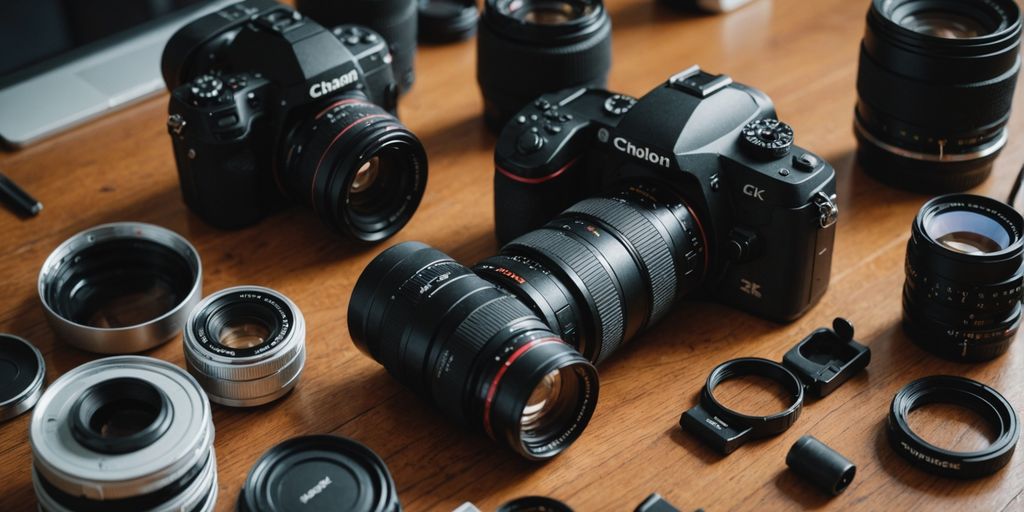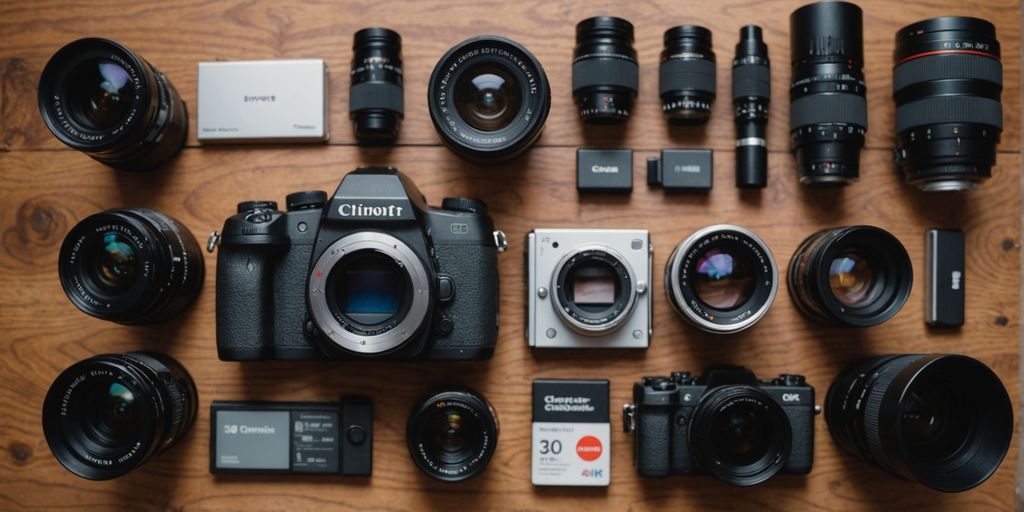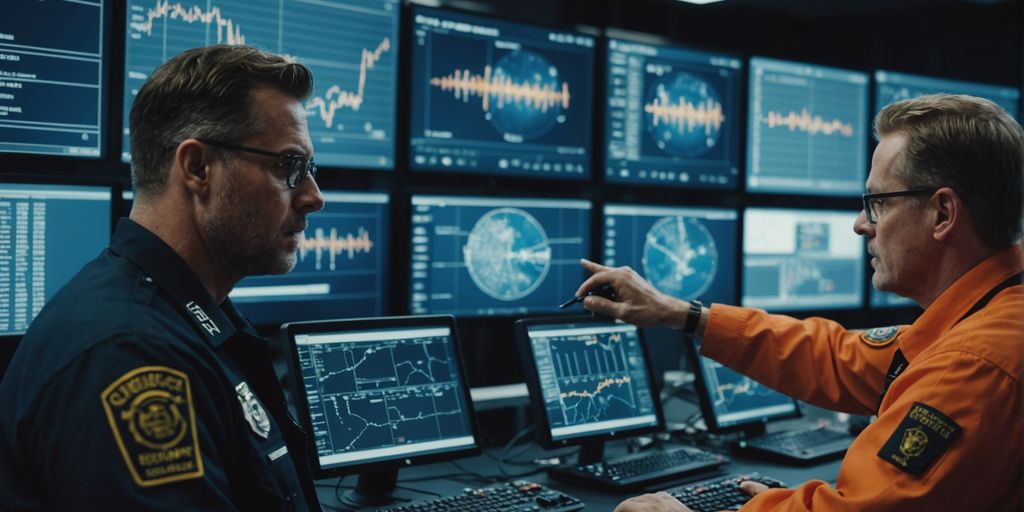Starting your prepping journey can feel overwhelming, but it doesn’t have to be. By focusing on the basics and gradually building your stockpile, you can ensure you’re prepared for any emergency. This guide will walk you through essential items to get you started.
Key Takeaways
- Begin with non-perishable foods like canned goods, dry foods, and freeze-dried meals.
- Ensure you have proper water storage and purification methods in place.
- Stock up on basic first aid supplies, including a first aid kit, medications, and emergency medical tools.
- Include lighting and power sources such as flashlights, batteries, and solar-powered devices.
- Don’t forget important documents and some emergency cash reserves.
Essential Non-Perishable Foods to Stockpile
When starting your preparedness journey, having a stockpile of non-perishable foods is crucial. These items ensure you have access to nutritious meals even when fresh food isn’t available. Focus on foods that don’t require refrigeration and have a long shelf life.
Water Storage and Purification
Having access to safe drinking water is crucial in an emergency. Use this guide to increase your water security and sleep soundly knowing you’re prepared.
Water Storage Solutions
Storing water in large quantities can take up significant space, posing a challenge for households. To manage this, consider using a combination of large water containers and smaller, portable bottles for traveling. It’s important to keep water sources separate by not storing water in water bottles only, which can make large quantities easier to manage.
Water Purification Methods
[Emergency water purification systems](https://onguard.blog/home-survival-guide/) can serve as an alternative to storing large amounts of water. Multiple filters and purifiers should be included in a prep kit to ensure access to clean water when a clean water source is not available. Natural disasters often compromise municipal water systems, making water purification essential. Contaminated water after disasters can carry diseases such as dysentery, typhoid, and hepatitis.
Emergency Water Sources
Storing at least one gallon of water per person each day for a minimum of two weeks is recommended. This totals 14 gallons of water per person, ensuring you have enough for drinking, cooking, and basic hygiene. While this might seem like a lot, it’s crucial to account for all your water needs during an emergency. Regular rotation of stored water is necessary to ensure it remains clean and consumable.
Basic First Aid Supplies
First Aid Kit Essentials
A well-stocked first aid kit is crucial for any emergency. Make sure it includes items like gauze pads, adhesive bandages, absorbent compress dressings, and adhesive cloth tape. Don’t forget antiseptic wipe packets, antibiotic ointment, a breathing barrier, and an instant cold compress. Tweezers, tourniquets, slings, a suture kit, liquid stitch, antihistamines, and scissors are also important.
Medications and Prescriptions
It’s essential to include personal items such as medications and emergency phone numbers. Stock up on pain relievers, fever reducers, anti-diarrhea meds, and allergy medications. Regularly check your first aid kits for expired or used items and replace them.
Emergency Medical Tools
Basic first aid and CPR training are essential skills for beginners in first aid prepping. Familiarity with the kit and its components is crucial for proper usage and could save a life. Include tools like a field knife, multitool, and waterproof paper and pen.
A well-stocked first aid kit and basic hygiene supplies are vital for an emergency scenario. Be sure to include adhesive bandages, gauze rolls and pads, triangular bandages, first aid tape, antibiotic ointment, antiseptic wipes, and medications like pain/fever relievers, anti-diarrhea meds, and allergy meds.
Lighting and Power Sources
In emergencies, having reliable lighting and power sources is crucial for safety and comfort. A good light source is important to avoid serious risks and ensure safety for you and your family. Here are some essential items to consider for your preparedness journey.
Flashlights and Batteries
Make sure flashlights, battery-powered lanterns, and other sources of light are readily available. Headlamps, which leave your hands free, can also be very useful. LED flashlights are a great choice because they provide more light and use less power. Always have extra batteries on hand to keep your devices running.
Alternative Power Sources
When preparing for a blackout, it’s important to have backup power options. Solar generators are a safe and eco-friendly choice, as they harness sunlight during the day and provide power when needed. Gas generators are another option, but remember to never use them indoors due to the risk of carbon monoxide poisoning.
Solar-Powered Devices
Solar-powered lights and lanterns are indispensable during power outages. They harness sunlight during the day and provide illumination when darkness falls. These lights come in various forms, including LED flashlights, camping lanterns, and garden lights. Having a few of these on hand can make a big difference during an emergency.
Reliable lighting and power sources are crucial in emergencies. Make sure you have the best tools for a power outage to keep your family safe and comfortable.
Emergency Communication Tools
In an emergency, staying connected is crucial. Mobile phones are often the first line of communication, but they may not always be reliable. This section will cover various tools to ensure you can communicate effectively during a crisis.
Important Documents and Cash
Document Storage Solutions
During emergencies, it’s essential to secure important documents and personal items to preserve your identity and legal status. Ensuring that you have all essential documents such as birth certificates, marriage certificates, and IDs is crucial for various legal and administrative purposes. These documents, including citizenship papers and wills, are important for proving identity and ownership.
Emergency Cash Reserves
Having some cash on you at all times is important in case there is a short disruption of banking services. However, in the case of a long-term disruption, you’ll want to have bartering items stockpiled and ready to go. Here are some items you may want to bulk up on:
- Gold & Silver
- Alcohol
- Coffee/Tea
- Food Storage Kits/Dry Goods
- Ammunition
- Medicine/Pain Meds
- Batteries
- Spices
- Solar Panels
- Fishing gear
- Knives/Tools
Digital Copies and Backups
Copies of important documents (birth certificates, passports, etc.) and medical information scanned and saved on a thumb drive or saved to the cloud. Smartphone apps can also be used to store digital copies of essential documents. This ensures that even if the physical copies are lost or damaged, you still have access to the information you need.
Personal Hygiene and Sanitation
Maintaining personal hygiene and sanitation is crucial during emergencies to prevent health issues and the spread of disease. Stocking up on essential hygiene products ensures you stay clean and healthy when access to regular supplies might be limited.
Basic Tools and Equipment
Having the right tools and equipment is essential for any prepper. These items help you handle daily tasks and emergencies effectively. A well-rounded emergency kit should include a variety of tools to ensure you’re prepared for different situations.
Clothing and Shelter
Weather-Appropriate Clothing
When preparing for emergencies, having the right clothing is crucial. Even in warmer climates, unexpected weather changes can occur. It’s better to have extra layers than not enough. Cold weather clothing should include moisture-wicking materials to prevent evaporation and maintain warmth. Multiple small layers can trap air for insulation and help regulate body temperature. Don’t forget a wide-brimmed hat to deter pests and protect from the sun’s harsh UV rays.
Emergency Shelter Options
Having a [plan for creating emergency shelters](https://survivaldispatch.com/survival-shelter-building-basics/) is crucial for maintaining your safety and well-being. Whether you’re dealing with extreme heat or cold, a well-constructed shelter can make all the difference in your ability to survive and thrive during an emergency. Good quality tents that are large enough for the whole family or household are essential. They should be strong enough to protect against the elements and predators but lightweight enough to easily carry with you.
Blankets and Sleeping Bags
Emergency blankets are super lightweight and portable, providing extra warmth and having dozens of other practical uses. Sleeping bags and warm blankets are also essential for maintaining body heat during cold nights. Make sure to have enough for each family member to ensure everyone stays warm and comfortable.
Pet Preparedness
When planning for emergencies, don’t forget your pets. They rely on you for their safety and well-being. Here’s how to ensure they’re ready for any situation.
Developing a Prepping Plan
Creating a prepping plan is essential to ensure you and your family are ready for any emergency. A well-thought-out plan can make a significant difference in how you handle unexpected situations.
Budget-Friendly Prepping Tips
Prioritizing Purchases
When starting your prepping journey, focus on the essentials first. Make a list of the most critical items you need, such as food, water, and first aid supplies. This helps you avoid unnecessary purchases and ensures you cover the basics. It’s better to buy fewer high-quality items than cheap ones that might fail when you need them most.
Finding Deals and Discounts
Take advantage of sales, coupons, and bulk buying to save money. Many stores offer discounts on non-perishable foods and essential supplies. Keep an eye out for seasonal sales and clearance items. Shopping at thrift stores or garage sales can also yield useful prepping gear at a fraction of the cost.
DIY Prepping Solutions
You don’t always need to buy new items. Many prepping supplies can be made at home with basic materials. For example, you can create your own water filtration system or build a simple first aid kit. DIY solutions not only save money but also give you a better understanding of how your gear works.
Building your prepping supplies slowly and systematically creates sustainability for the long haul. Start with versatile items that cover multiple needs and gradually acquire key items over time.
Conclusion
Starting your prepping journey might feel overwhelming, but remember, everyone begins somewhere. Focus on the basics like food, water, and essential supplies. Gradually, you can expand your stockpile and skills. Consistency and vigilance are crucial. By following these simple steps, you’ll be better prepared for any emergency. Keep learning and stay prepared!


